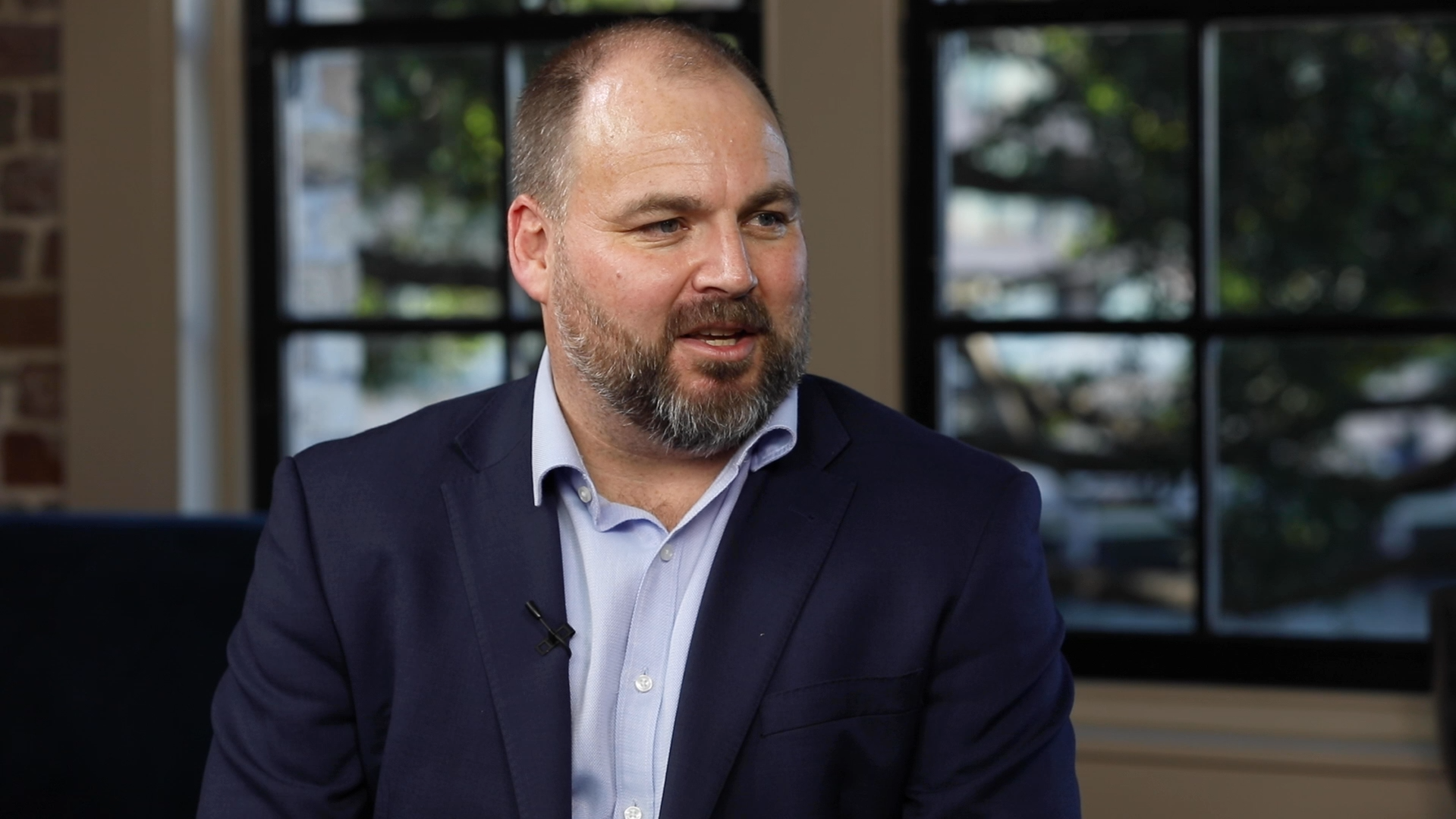The 7 key characteristics Lonsec looks out for in a winning fund
Due diligence. Two words that send a shudder down the spine of investors. With so many investment choices these days and so much information to digest, it's hardly a surprise we often approach due diligence with a 'light touch'.
Fortunately, an entire segment of the finance industry exists to conduct due diligence for us. So, if you're not going to undertake the hard yakka yourself, you should at least be aware of how ratings agencies go about evaluating fund managers.
Ratings agencies play an important role in the investment landscape; they have great power as they can determine whether or not a fund gains access to the huge buckets of capital controlled by financial planners and advisers. A rating is akin to a fund's 'ticket to play'.
So, what makes for a great fund? As part of Livewire’s Undiscovered Funds Series, we put some questions to Lonsec's Director of Research, Peter Green, to find out.

What role does Lonsec play for Australian investors?
Lonsec Research is a ‘research house’ that provides investment product ratings to Australian financial advisers. These product ratings are used by advisers as a critical building block in the construction of their Approved Products Lists (‘APLs’).
What process does Lonsec use to assess funds – what is the balance between quantitative and qualitative?
Our long-standing research process has an ‘80:20’ split between qualitative and quantitative factors. Our qualitative focus is on factors such as the asset management firm (Firm factor), investment team running the money (Team factor), investment process (Process factor), ESG integration (ESG factor), fees/fairness (Fee factor) and product structure and operational risks (Product factor).
We use a proprietary data set, much of it collected directly from the manager, and annual investment meetings to derive peer-relative ratings for each product in our universe.
Such ratings are individually ratified by an in-house Ratings Committee.
If you had to narrow it down to three key criteria, what would they be?
Our research model includes the six qualitative factors discussed above along with fund performance (Performance factor). Together, these seven factors form the bedrock of our FIT (‘Fund Investment Thesis’) research approach.
The FIT model is not equally weighted, with the largest weights for active products allocated to Process, Team and Performance. Hence these are the key criteria in our active process.
What questions do you ask in the review process?
We ask data-led questions to help us both build an initial investment case as well as identify any year-on-year changes in key factors thereafter. For instance, in terms of the key criteria discussed above, during active reviews, we’ll ask about:
- When assessing the team, we’ll ask about any investment personnel changes, management of key person risks, changes in responsibilities and roles and the like.
- When assessing the Process, we’re interested in assessing the ongoing efficacy of an investment process along with the Manager’s ability to stay ‘true to label’. Questions will be asked about the number of new ideas in the portfolio, any enhancements to the process and key portfolio characteristics (style drift, buy/sell discipline, activeness, risk management).
- When assessing Performance, we’ll analyse peer relative and absolute performance trends over the medium-to-long term, asking questions about alpha quantum/consistency, activeness (active share, Tracking Error) along with defensive attributes such as volatility (Sharpe / Information Ratio, volatility spikes), up/down market performance and drawdowns (extent and time to recovery).
Do you ever rate funds earlier than three years? If so, under what conditions would you do so?
We will consider rating funds before they attain their third anniversary when we can identify a portable track record of performance for a key decision maker/s at a similar asset management firm.
An example of this would be if a long-standing investment capability is lifted out from another asset management firm.
Once a fund is rated, what benefit does it provide for the fund and investors?
A rating provides advisers with assurance that there is ongoing ratification of the original investment thesis and that this is conducted consistently and transparently.
Additionally, our peer-relative approach ensures that short-term market ‘noise’ is appropriately considered and controlled for. Hence, a rating provides the bedrock for advisers to make long-term decisions for their clients.
Do you ever get it wrong - a fund is rated one way but then turns out to deliver something else?
We do get some things wrong from time to time – but we have a process in place, including peer relative ratings, annual reviews cycle and ongoing surveillance, to ensure we identify fund investment thesis breaches in a timely manner.
We encourage the team to be objective and stick to our process, which we are confident will get the majority of rating recommendations right over time.
What major changes have you seen in funds coming to market over the last five years?
We have seen a couple of structural trends over the last five years –
- Strong growth in private markets, more recently private debt
- On the passive side, strong growth in areas such as ‘smart beta’ and thematic ETFs
- Strong growth in global equities ‘growth’
What areas of the market are you seeing as under-represented?
- Global equities – anything outside of ‘growth’, ie value, small/mids, long/short.
- Private assets – private equity and private ‘real assets’ (especially infrastructure and global property)
3 topics

